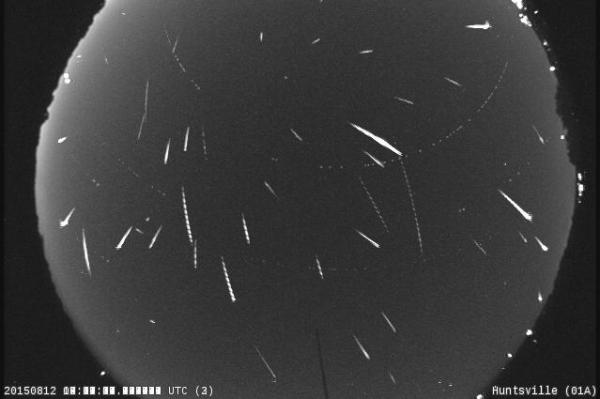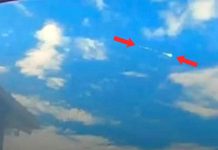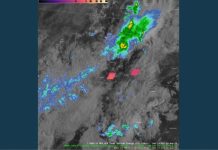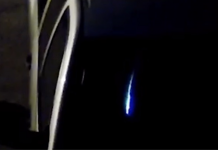
WASHINGTON, Dec. 12 (UPI) — The Geminids weren’t observed until 1862, but they’ve quickly become the most anticipated annual astronomical event, and many sky-watchers say the show is getting better every year.
“The Geminids started out as a relatively weak meteor shower when first discovered in the early 19th century,” researchers wrote on NASA’s Tumblr blog. “Over time, it has grown into the strongest annual shower.”
The meteor shower hits every year on December 13 and 14. This year, the Geminids peak on Sunday night. If conditions are right, viewers could witness 120 to 160 meteors per hour.
Even under substandard conditions — as long as skies are relatively clear — watchers should see a few dozen shooting stars.
Because the moon will be absent during ideal nighttime viewing periods, this year’s meteor shower is expected to be particularly good.
The streaking meteors of the Geminids shower are created by the passing debris tailing an object known as 3200 Phaethon, part of the Palladian family of asteroids. Once thought to be an actual asteroid, 3200 Phaethon has since been classified as an extinct comet — a comet that, having used up its volatile ice, is simply a collection of rocky rubble.
As the rubble circles the sun, it leaves behind a tail of rocky fragments. As Earth’s orbit passes through the tail of debris, the fragments are burned up in the upper atmosphere.
As NASA reports, Geminid meteors tend to take longer paths across the night sky, their streaks lasting for one or two seconds. The horizontal nature of their streaks make the Geminids one of the few meteor showers visible from both the northern and southern hemispheres.
The Geminids will appear to streak in all directions outward from the constellation Gemini, for which they are named. Though late Sunday night will offer the ideal show, the shower will continue through Tuesday.





